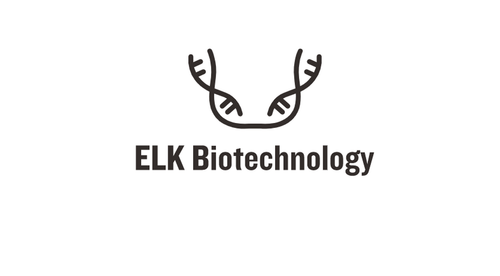Product Description
Mouse Glutaminyl-peptide cyclotransferase (QPCT) ELISA Kit | AE24869MO | Abebio
Species Reactivity: Mouse (Mus musculus)
Abbreviation: QPCT
Alternative Name: GCT; QC; glutaminyl cyclase
Application: ELISA
Range: Request Information
Sensitivity: Request Information
Intra-Assay: ≤5.3%
Inter-Assay: ≤10.2%
Recovery: 1, 02
Sample Type: Serum, Plasma, Other biological fluids
Detection Method: Sandwich
Analysis Method : Quantitive
Test Principale: This assay employs a two-site sandwich ELISA to quantitate QPCT in samples. An antibody specific for QPCT has been pre-coated onto a microplate. Standards and samples are pipetted into the wells and anyQPCT present is bound by the immobilized antibody. After removing any unbound substances, a biotin-conjugated antibody specific for QPCT is added to the wells. After washing, Streptavidin conjugated Horseradish Peroxidase (HRP) is added to the wells. Following a wash to remove any unbound avidin-enzyme reagent, a substrate solution is added to the wells and color develops in proportion to the amount of QPCT bound in the initial step. The color development is stopped and the intensity of the color is measured.
Product Overview: QPCT encodes human pituitary glutaminyl cyclase, which is responsible for the presence of pyroglutamyl residues in many neuroendocrine peptides. The amino acid sequence of this enzyme is 86% identical to that of bovine glutaminyl cyclase. The deduced 361-amino acid protein has a calculated molecular mass of about 41 kD. It contains an N-terminal signal peptide region, several glycosylation and phosphorylation sites, and 2 cysteine residues conserved between the bovine and human enzymes. QPCT shares 86% overall sequence identity with the bovine homolog.Glutaminyl cyclase expression was upregulated in the cortices of individuals with Alzheimer disease and correlated with the appearance of pE-modified amyloid beta.
Stability: The stability of ELISA kit is determined by the loss rate of activity. The loss rate of this kit is less than 5% within the expiration date under appropriate storage condition. The loss rate was determined by accelerated thermal degradation test. Keep the kit at 37°C for 4 and 7 days, and compare O.D.values of the kit kept at 37°C with that of at recommended temperature. (referring from China Biological Products Standard, which was calculated by the Arrhenius equation. For ELISA kit, 4 days storage at 37°C can be considered as 6 months at 2 - 8°C, which means 7 days at 37°C equaling 12 months at 2 - 8°C) .
 Euro
Euro
 USD
USD
 British Pound
British Pound
 NULL
NULL












